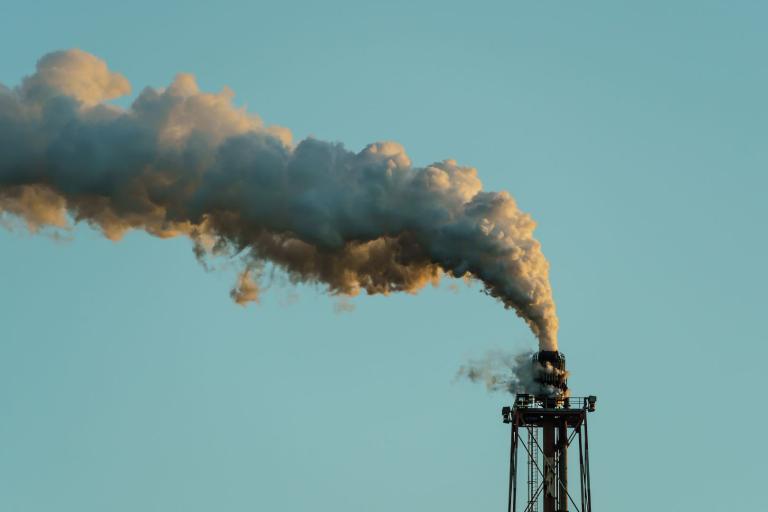Global Greenhouse Gas Watch draft implementation plan released

The Global Greenhouse Gas Watch – also known as G3W – will strengthen and coordinate monitoring of heat-trapping gases which are driving climate change. This will provide a more solid scientific basis to inform mitigation actions taken under the Paris Agreement on climate change.
“The year 2023 was the warmest year on record, with super-charged extreme weather events. Finding climate change solutions is the defining challenge of our time, and this includes the need for better information on greenhouse gases – the root cause,” said Dr Gianpaolo Balsamo, director of Global Greenhouse Gas Watch.
The Global Greenhouse Gas Watch draft implementation plan lays down the foundational blocks for building an integrated, operational framework which brings under one roof all space-based and surface-based observing systems, as well as modelling and data assimilation capabilities.
It builds on WMO’s successful track-record in coordinating international collaboration in weather prediction and climate analysis and on long-standing activities in greenhouse gas monitoring and research, covering from minutes to years, and from the local scale to the globe.
Many of the existing international and national activities dealing with greenhouse gases are supported mainly by the research community efforts. At present, there is no international, comprehensive, timely, standardised exchange of surface and space-based greenhouse gas observations or modelling products.
The Global Greenhouse Gas Watch would monitor carbon dioxide, which has a long lifetime and accounts for nearly two thirds of the warming effect of long-lived greenhouse gases, methane, which is a potent climate change agent but has a lifespan of only about one decade, and nitrous oxide which is an extremely potent climate change and ozone depleting agent.

Phased approach
The draft implementation plan covers the 2024-2027 financial period and also addresses the future vision until 2050.
- 2024-2027 - Implementation plan and pre-operational phase
- 2028-2031 - Initial operational phase
- 2032 – 2050 - Enhanced operational phase
The World Meteorological Congress – WMO’s top decision-making body - in 2023 approved the Global Greenhouse Gas Watch, with some limited initial funding. Two Champions – Germany and Denmark – have donated to a dedicated Trust Fund and banks and the private sector have expressed interest in backing the initiative.
WMO presented details of Global Greenhouse Gas Watch to the UN Climate Change Conference, COP28, in Dubai in December 2023. It received high-profile exposure at Earth Information Day at COP28. The closing Subsidiary Body for Scientific and Technological Advice SBSTA-59 document made reference to it.
The review of the draft implementation plan is open until 31 January 2024. The consolidated version will be presented to WMO’s Infrastructure Commission in April and the Executive Council in June.
Further information is available on the Global Greenhouse Gas Watch (G3W) Implementation Plan webpage









